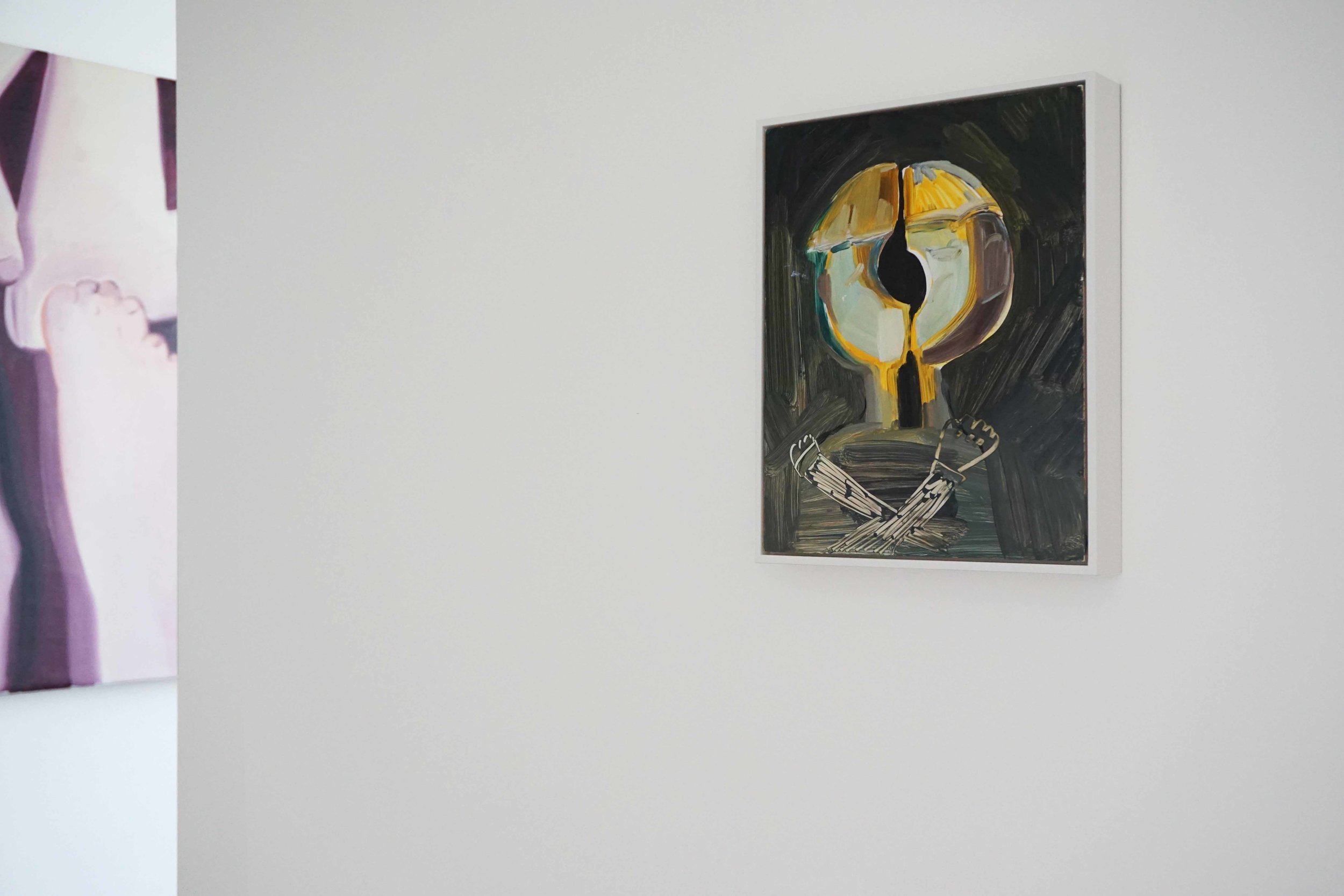JIN HAN LEE RUNNING TO YOU
MAY 6 - 28, 2017
(SCROLL DOWN FOR PRESS RELEASE)































PDF Text
Biography